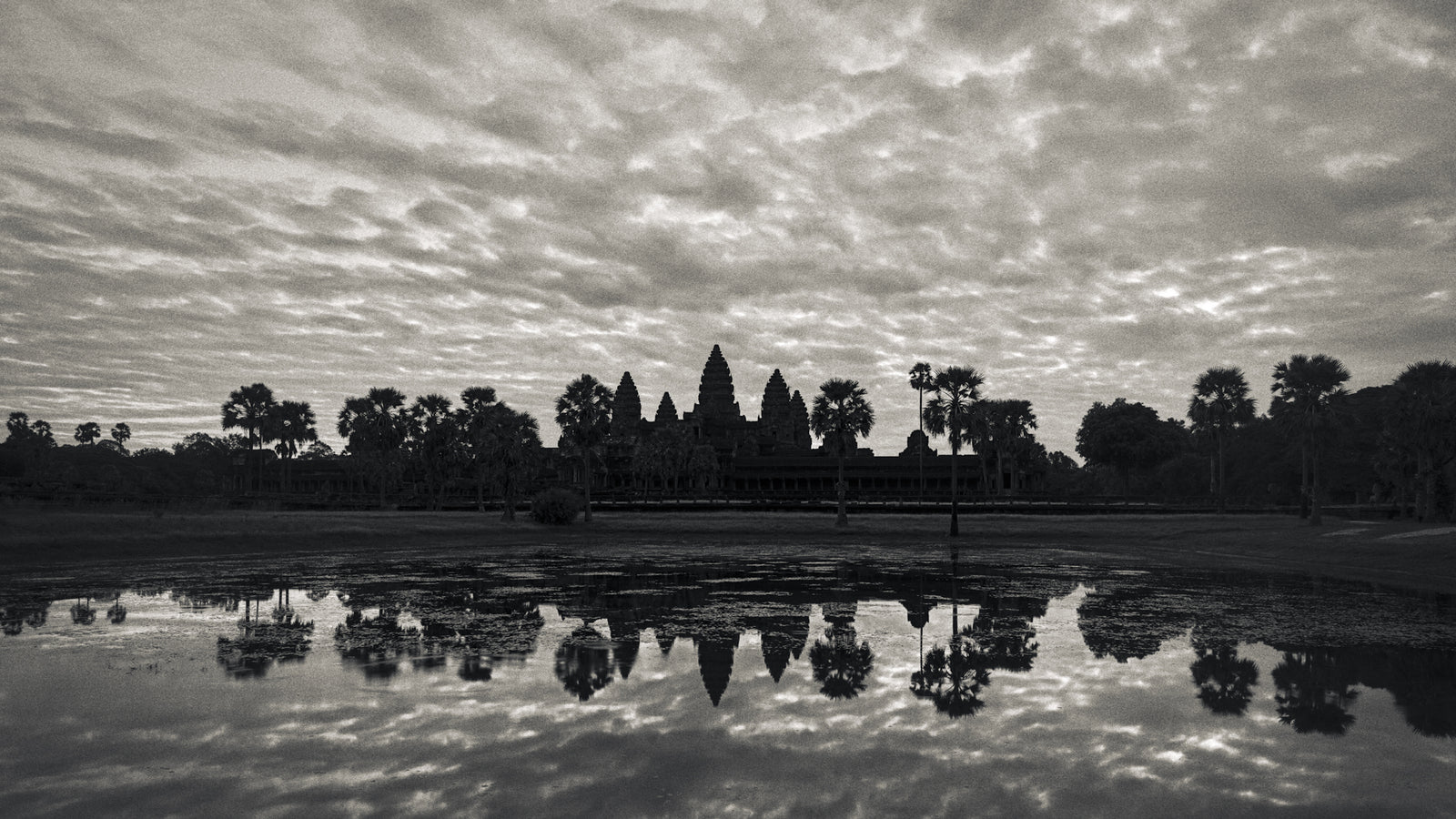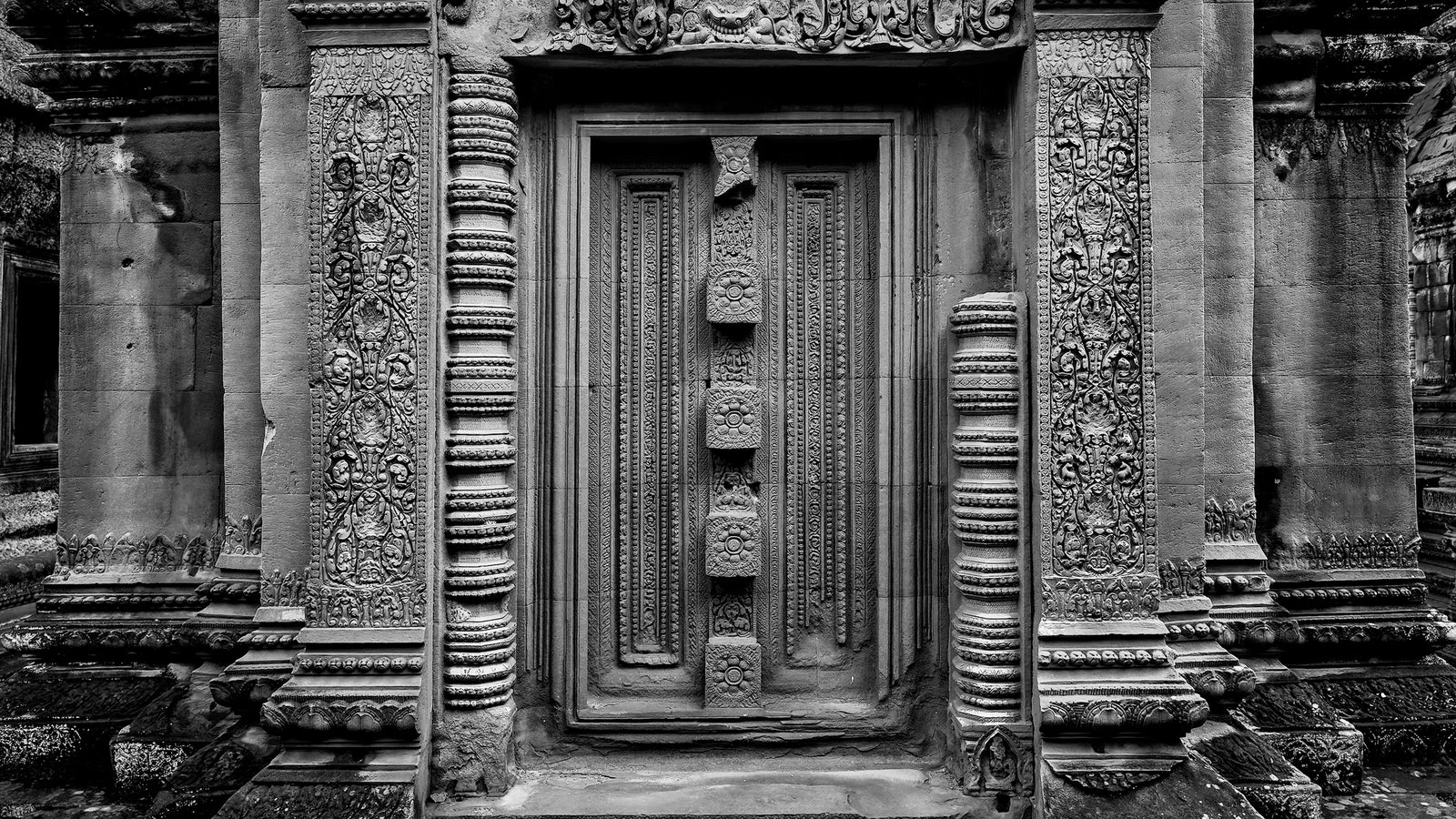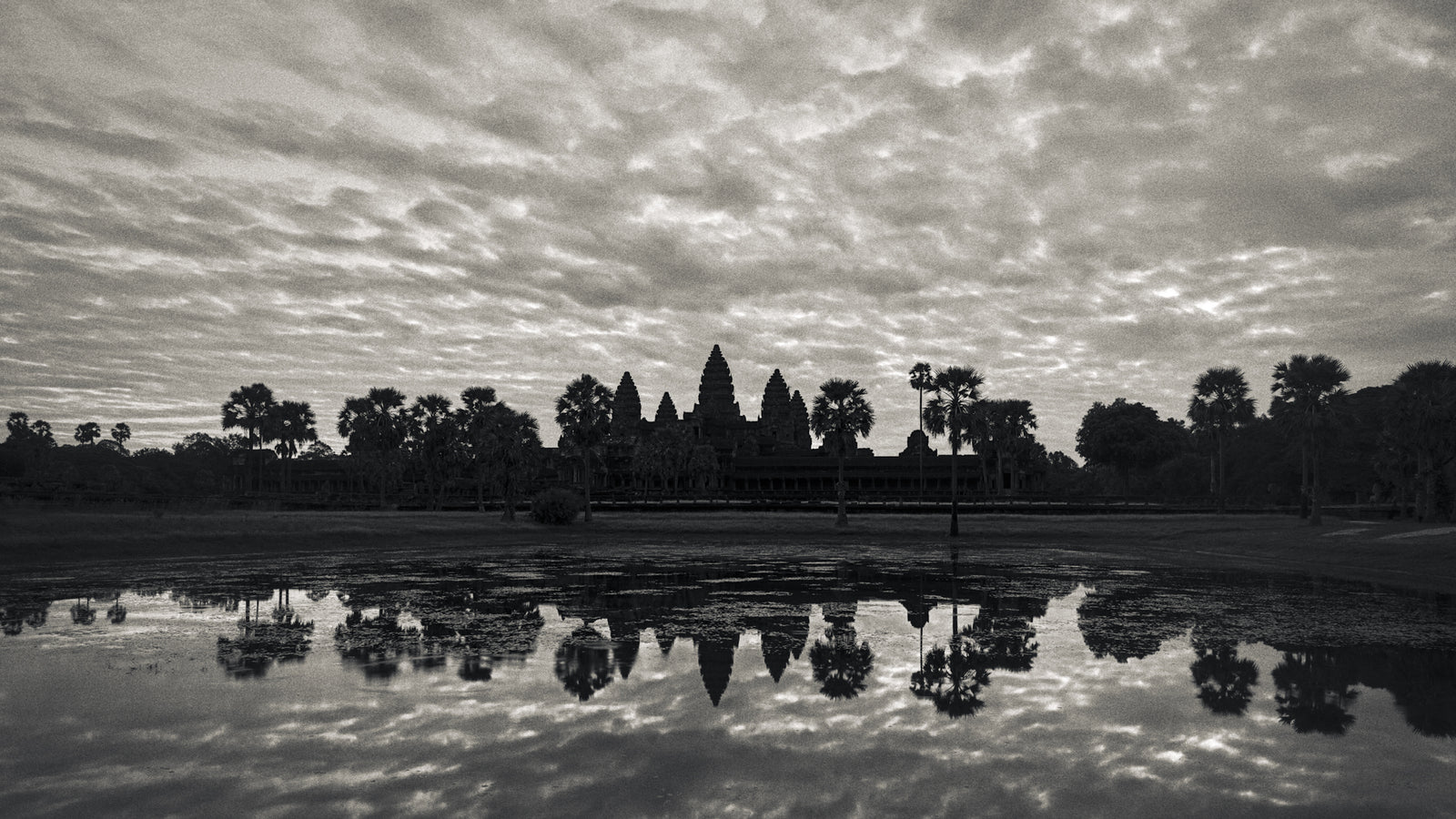Complimentary worldwide shipping on orders over $400 · No import tariffs for most countries
Complimentary worldwide shipping on orders over $400 · No import tariffs for most countries
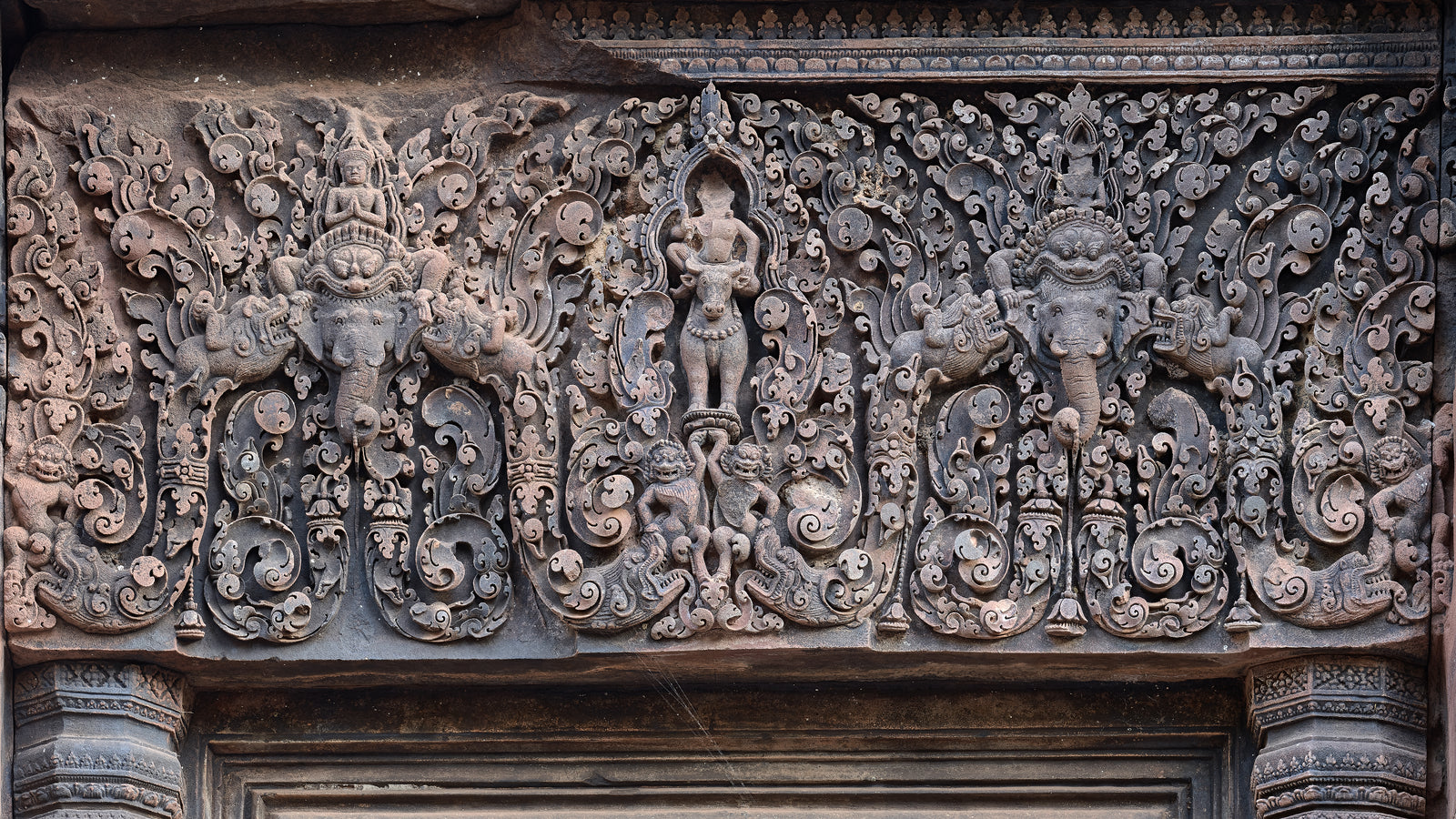
Angkor Lintel Styles
3 min read
PRE-ANGKOREAN ARCHITECTURE
| Style | Dates | Rulers | ||
|---|---|---|---|---|
| Details | ||||
| Sambor Prei Kuk | c. 610 – c. 650 CE | Ishanavarman I, Bhavavarman II | ||
See also Sambor Prei Kuk Architectural Style. |
||||
| Style | Dates | Rulers | ||
| Details | ||||
| Prei Kmeng | c. 635 – c. 700 CE | Jayavarman I | ||
See also Prei Kmeng Architectural Style. |
||||
| Style | Dates | Rulers | ||
| Details | ||||
| Kompong Preah | c. 700 – c. 800 CE | Various | ||
See also Kompong Preah Architectural Style. |
||||
TRANSITIONAL ARCHITECTURE
| Style | Dates | Rulers |
|---|---|---|
| Details | ||
| Kulen | c. 825 – c. 875 CE | Jayavarman II |
See also Kulen Architectural Style. |
||
ANGKOREAN ARCHITECTURE
| Style | Dates | Rulers | ||
|---|---|---|---|---|
| Details | ||||
| Preah Ko | 877 – c. 886 CE |
Indravarman I Jayavarman III |
||
See also Preah Ko Architectural Style. |
||||
| Style | Dates | Rulers | ||
| Details | ||||
| Bakheng | 889 – 923 CE |
Yashovarman I Harshavarman I |
||
See also Bakheng Architectural Style. |
||||
| Style | Dates | Rulers | ||
| Details | ||||
| Koh Ker | c. 921 – 944 CE | Jayavarman IV | ||
See also Koh Ker Architectural Style. |
||||
| Style | Dates | Rulers | ||
| Details | ||||
| Pre Rup | 944 – 968 CE | Rajendravarman II | ||
See also Pre Rup Architectural Style. |
||||
 Indra on his vahana (mount or vehicle), the three-headed elephant Airavata. Small horsemen emerge from the foliage stems, and the lintel is topped with a frieze of praying fugures. Lintel above the east door, central sanctuary, East Mebon Temple. |
||||
| Style | Dates | Rulers | ||
| Details | ||||
| Banteay Srei | 967 – 1000 CE | Jayavarman V | ||
See also Banteay Srei Architectural Style. |
||||
 This lintel is above the southern blind door of the southern sanctuary, which is devoted to Shiva. |
||||
| Style | Dates | Rulers | ||
| Details | ||||
| Khleang | 968 – 1010 CE | Jayavarman V | ||
See also Khleang Architectural Style. |
||||
| Style | Dates | Rulers | ||
| Details | ||||
| Baphuon | 1050 – 1080 CE | Udayadityavarman II | ||
See also Baphuon Architectural Style. |
||||
| Style | Dates | Rulers | ||
| Details | ||||
| Angkor Wat | c. 1080 – 1175 CE |
Jayavarman VI Suryavarman II Yashovarman II |
||
See also Angkor Wat Architectural Style. |
||||
| Style | Dates | Rulers | ||
| Details | ||||
| Bayon | 1181 – 1243 CE |
Jayavarman VII Indravarman II |
||
See also Bayon Architectural Style. |
||||
See also Angkor Architectural Styles.
Also in Angkorpedia
Join My Studio Journal
Receive occasional letters from my studio in Siem Reap—offering a glimpse into my creative process, early access to new fine art prints, field notes from the temples of Angkor, exhibition announcements, and reflections on beauty, impermanence, and the spirit of place.
No noise. No clutter. Just quiet inspiration, delivered gently.
Subscribe and stay connected to the unfolding story.
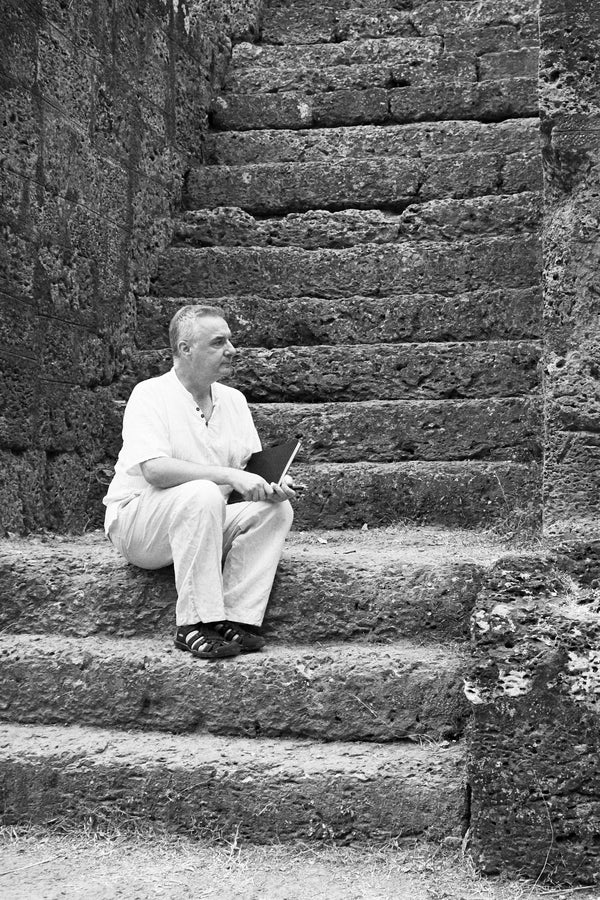
Join My Studio Journal
Receive occasional letters from my studio in Siem Reap—offering a glimpse into my creative process, early access to new fine art prints, field notes from the temples of Angkor, exhibition announcements, and reflections on beauty, impermanence, and the spirit of place.
No noise. No clutter. Just quiet inspiration, delivered gently.
Subscribe and stay connected to the unfolding story.

